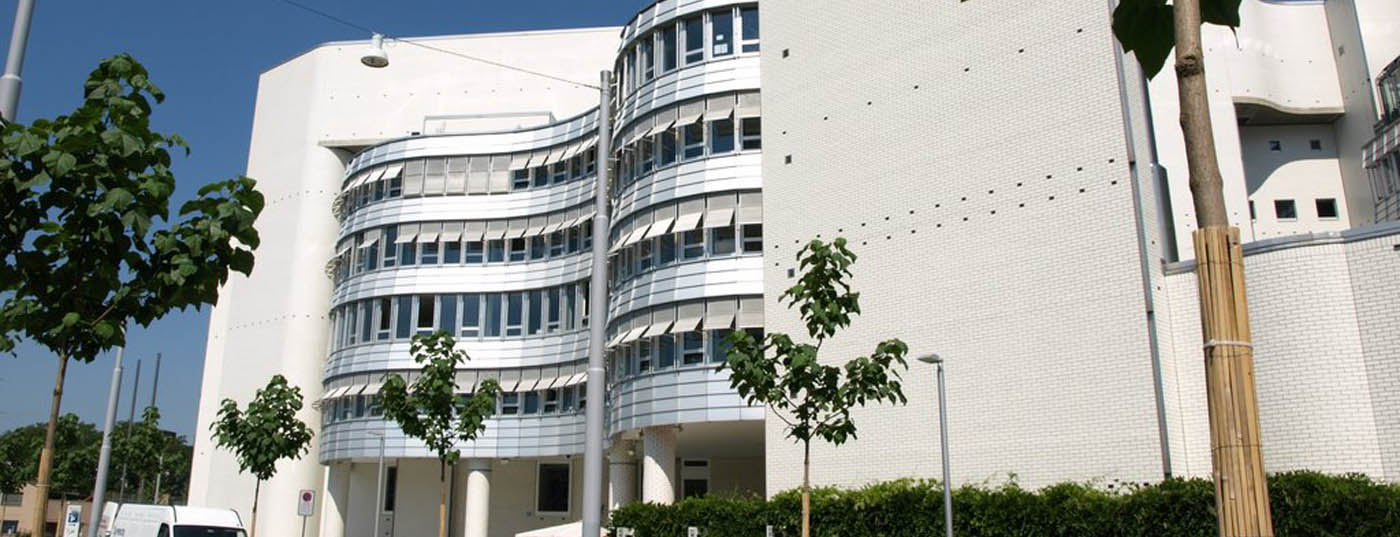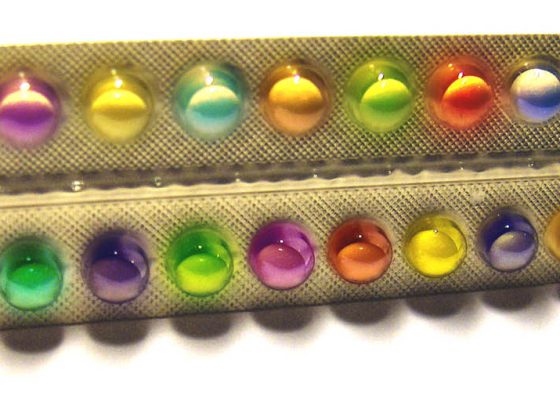The results of the IMS-III trial show that endovascular therapy for acute stroke is not yet mature. Regardless of this, they once again emphasize the time factor in stroke treatment. The results of the DESTINY II trial of prophylactic hemicraniectomy in those over 60 years of age also give rise to discussion.
The expansion of the time window for i.v. lysis (IVT) from 3 to 4.5 hours was the last significant change in stroke therapy. With the 2013 results of the IMS-III trial, there is now news on endovascular stroke treatment [1].
To date, no standards exist that define the endovascular procedure. Usually, occlusions of the large cerebral base vessels involve a combination of IVT and endovascular intervention (EVT) – this may be drug i.a. thrombolysis or mechanical thrombectomy. The international, randomized, open-label phase III trial compared the efficacy of combined treatment (IVT plus subsequent EVT) with IVT alone in patients with moderate to severe neurologic deficit who received IVT within three hours of symptom onset. The primary endpoint of the study was a score of 2 or less on the modified Rankin Scale (mRS) 90 days after treatment. After more than two-thirds of the planned 900 participants had been treated, the study was stopped due to the lack of difference between the compared therapies (40.8% IVT + EVT, 38.7% IVT). However, there was a positive trend toward combination treatment when treatment was initiated within two hours of symptom onset. The more time that had elapsed before the start of treatment, the more the results favored IVT.
“Such a result was not expected,” said Prof. Andreas Luft, MD, head of the Stroke Center at the Department of Neurology, University Hospital Zurich. Based on studies of i.a. monotherapy, it has previously been assumed that patients hospitalized outside a 4.5-hour time window also benefit from endovascular treatment. This study now shows that the probability of a positive outcome is also highly dependent on time in endovascular intervention. In this regard, the time-consuming coordination of the treatment team for the endovascular procedure may have had a negative impact on the study outcome.
Among the important ancillary findings of the study was the information that the localization of the occlusion is an important criterion for the indication of lysis. Thus, in the case of occlusion of the accessory cerebral medulla (ACM), a higher recanalization rate was achieved with the combined treatment than with IVT alone. However, a better outcome did not result. This was different for tandem occlusions of the internal carotid artery and ACM as well as carotid T occlusions: “Here, lysis was shown to be a worthwhile intervention in terms of functional outcome,” said Prof. Luft. Basically, before considering the pros and cons of EVT, the correct diagnosis, i.e., at least CT angiography, should be available.

Prophylactic hemicraniectomy
To prevent transtentorial or transforaminal herniation, which is feared in malignant ACM occlusions, hemicraniectomy has been performed in patients younger than 60 years as an early prophylactic measure since 2007. A meta-analysis of the DESTINY I, DECIMAL, and HAMLET trials (all three were terminated early) had shown that early hemicraniectomy resulted in a significant reduction in mortality and improvement in outcome [2]. Although approximately half of all malignant strokes occur in people beyond the age of 60, the benefit of such a measure in elderly patients has not been established. With the data of the DESTINY-II study presented at the 22nd European Stroke Conference in London, this question could now be answered [3]: The results of the prospective study – which was also terminated prematurely – refer to the data analysis of 80 patients who were randomized 1:1 and treated within 48 hours either conservatively (intracranial pressure-lowering measures) or additionally received hemicraniectomy. The primary endpoint of the study was functional outcome (mRS) at six months. A rankin of 0-4 was considered a treatment success, values of 5-6 a treatment failure.
The results showed that prophylactic hemicraniectomy reduced the absolute risk of rankin of 5-6 by 24.9%. However, it also showed that significantly more patients survived the combined intervention with a rankin of 4 (34.7% vs. 12.7%). A Rankin of 4 means the affected person is not ambulatory and requires intensive care at home or in a nursing home. “So you save a lot more people’s lives, but they survive with serious disability,” Prof. Luft said. Even with the results of the DESTINY-II trial, the decision for the appropriate treatment of elderly patients with a malignant MCA insult is an ethically difficult question and can only be answered on a case-by-case basis.
Source: 18th Zurich Cardiovascular Day, December 5, 2013, World Trade Center, Oerlikon.
Literature:
- Broderick JP, et al: Endovascular therapy after intravenous t-PA versus t-PA alone for stroke. NEJM 2013; 368(10): 893-903.
- Vahedi K, et al: Early decompressive surgery in malignant infarction of the middle cerebral artery: a pooled analysis of three randomised controlled trials. Lancet Neurol 2007; 6(3): 215-222.
- Jüttler E, et al: DESTINY II – Decompressive Surgery for the Treatment of malignant INfarction of the middle cerebral arterY. Primary and one-year resuklts of a randomized controlled inter- ventional trial in patients older than 60 years. Cerebrovasc Dis 2013; 35 (suppl 3): 192.
CARDIOVASC 2014; 13(1): 18-19











